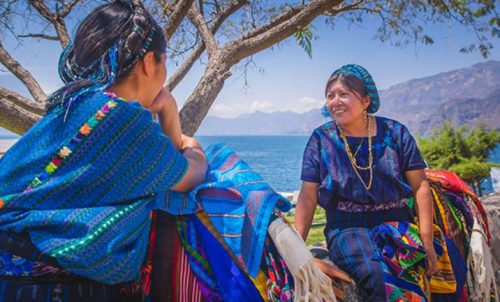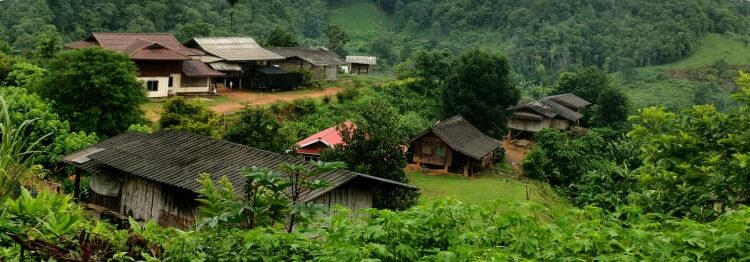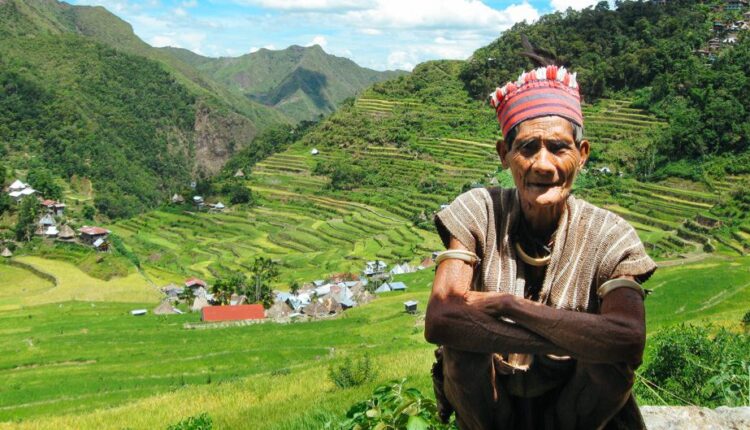The World Travel and Tourism Council (WTTC) presented a landmark report on the economic impact of indigenous tourism at its recently concluded WTTC Global Summit in Perth, Australia.
The report showed how Indigenous tourism may potentially contribute US$67 billion to the global economy by the end of the current decade.
The WTTC also pointed out the role of indigenous tourism in driving economic growth, particularly in remote regions, and its vital contribution for cultural preservation and community empowerment.

The economic benefits of indigenous tourism
Indigenous tourism is rapidly emerging as a key economic driver. It creates jobs and economic value in remote areas. It promotes and protects Indigenous people’s cultures, languages and lands.
At the same time, it offers visitors a unique opportunity to experience and learn about Indigenous history and tradition.
With the global Indigenous tourism market set to grow at a CAGR of 4.1 percent over the next decade to reach US$67 billion, this sector is empowering communities to take control of their economic futures.

On growth in terms of careers and inclusivity
Indigenous tourism is also a sustainable career path, exemplified by Canada’s Indigenous Tourism Association of Canada (ITAC), which empowers communities to control their futures through tourism.
Meanwhile, countries like Australia and the U.S. are increasingly incorporating Indigenous experiences into national tourism marketing, ensuring authentic representation.
Despite the growth of Indigenous tourism, many operators face challenges in securing funding, but efforts such as Canada’s Indigenous Tourism Destination Fund (ITDF) aims to raise CA$2.6BN by 2030, to create 800 new Indigenous businesses and over 21,000 new jobs.
These funds are critical to ensuring Indigenous communities benefit fully from the booming tourism industry and can continue to grow sustainably.
WTTC is committed to lending its voice to this important conversation in order to support the efforts of Indigenous peoples worldwide in shaping their own tourism narratives and ensuring Indigenous tourism remains a thriving, self-sustaining industry that benefits everyone.

How different nations approach indigenous tourism
Interest and participation in aboriginal tourism experiences continue to grow in Western Australia, with the highest results recorded to date this year.
According to Visitor Experiences and Expectations Research (VEER), almost nine in 10 visitors are interested (87 percent) and more than a third (36 percent) participated in aboriginal tourism in WA in 2023 and 2024.
The economic contribution of aboriginal tourism businesses continues to improve, with this sector adding AU$63.8 million to the gross state product in Western Australia in 2021 and 2022.
In Canada alone, the Indigenous tourism sector supports nearly 2,000 businesses, and over 39,000 jobs, contributing CA$1.7 billion to the economy in 2017.
Similarly, in Panama’s Guna Yala region, tourism is the primary economic driver, sustaining the Guna people and their culture while creating a self-sufficient economy.
The Sámi people of Northern Europe have likewise developed certification marks such as “Sámi Duodji” to protect their rich traditions, while Peru’s innovative Kipi robot helps preserve endangered languages like Kukama, spoken by just 2,000 people. By incorporating these elements such as these into tourism, Indigenous communities can safeguard their cultural identities.








